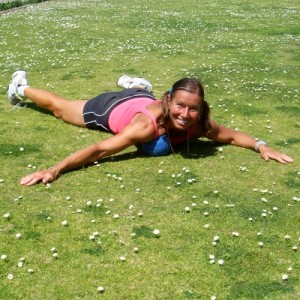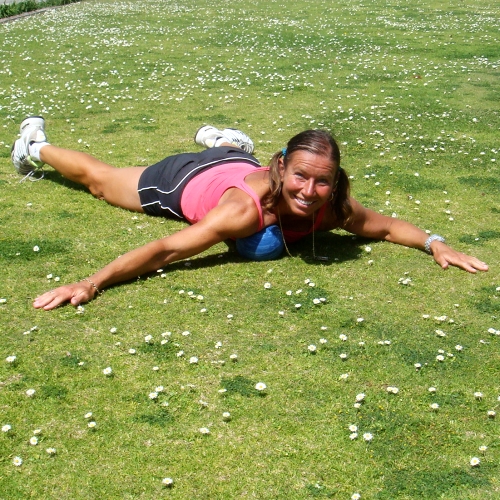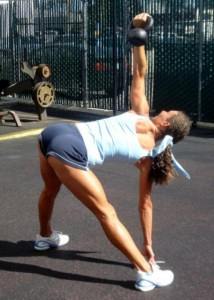Why Chest Myofascial Release
There is probably no person who doesn’t have tight chest. Some more, some less, but the lifestyle we live these days makes it almost impossible to have a nice stretched out chest. Of course, unless you actively work on it with chest myofascial release.
Tight chest muscles also cause rounded shoulders, tight neck, tension headaches, and for athletes decreased performance.
Chest muscles (also known as pectorals) are very often overused and shortened in a tennis player. They can become stiff from overtraining and cause shoulder problems, poor breathing, and a hunched back.
Stretching of your chest muscles is important, but sometimes does not do the job because it is difficult to reach deep. Frequently, trigger points form in the chest muscles.
The trigger points in the fascia of the muscle will restrict or alter the motion of the joint, changing the feedback to the nervous system, which becomes less efficient over time, and you will experience premature fatigue, chronic pain, and injuries.
This sounds pretty horrible, doesn’t it? It’s even worse, because it is messing up your tennis game! Your best tennis and most powerful shots happen when the kinetic chain functions perfectly and without any restrictions.
A kinetic chain is made up from the muscle, tendon, ligament and fascia, nerves and central nervous system, and joints. It works as a functional unit with all the components depending on each other. If one component is not functioning efficiently, then the other components have to compensate and that will eventually lead to tissue overload, fatigue, and faulty movement patterns and injuries.
Chest Myofascial release will increase the flexibility and function of your chest by massaging away the restrictions from the tissue, which will improve your muscular balance and performance, while also preventing injuries.

How to do chest myofascial release
- Lie down on your stomach.
- Place a foam ball or a tennis ball under your chest and adjust your body in such way to put enough pressure on the ball.
- Roll slowly around and look for painful trigger points in your chest.
- Stay on the painful spot, breathing deeply, until the pain goes away.
- For more pressure, stretch your arm away from your body. Roll across the entire chest area, including the sternum, under the clavicle and the outside parts.
- Pay attention to the differences between your dominant and non-dominant arm. Your goal is to get both sides evenly loose and flexible.
Chest myofascial release will make your chest muscles more functional; as a result, you will have more power on your forehand and serve, and your tennis game will improve.
Simple, isn’t it? Now you just have to do it. Good time is after your tennis practice or training. Another good time is before you go to bed so you get your muscles in good shape before the long night’s recovery sleep. And another best time is “anytime you do it”.
Myofascial tools (oh so fun!)
Don’t own any myofascial tools or rollers yet? You can get them on Amazon pretty quickly and for the good price. My 3 favorites are (I have many more of them, but these 3 I use regularly):
- Myoball. Firm foam, it is easy to reach ANY area in your body and easy to carry around in your tennis or gym bag. It’s cute too 🙂 I have both 6 and 8-inch diameters, but prefer the 6-incher.
- The Grid Roller. My favorite company (The Trigger Point Performance) has many rollers, but this one I love a lot. The 13-incher (original) is a good size so you can still drag it around with you in your bag, and it’s firm enough to give you some serious pressure. I have the orange and green color.
- The Rumble Roller. This is a monster roller. I have the firm version, full length and it is too big to carry around. I have it in my bedroom and jump on it each night before the bed time (oh so freaky! 🙂 ) It hurts, but it’s a good hurt. (Is there a good hurt?) The knobs feel like the strongest fingers digging in your back or thighs or anywhere you push. When you get used to it, you will love your Rumble Roller.
When do you know you are doing great with your rolling?
You won’t have as much pain. You will feel some discomfort, but it is almost pleasant. When the pain is quite horrible, that’s a sign that you really have to work on regular rolling. The healthier tissue you get, the less pain. One day, this chest myofascial release will be your best friend!
.





